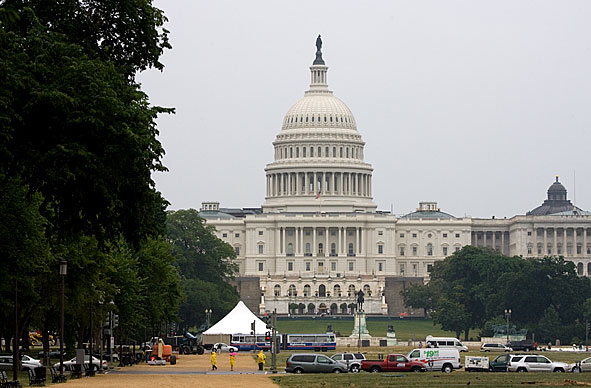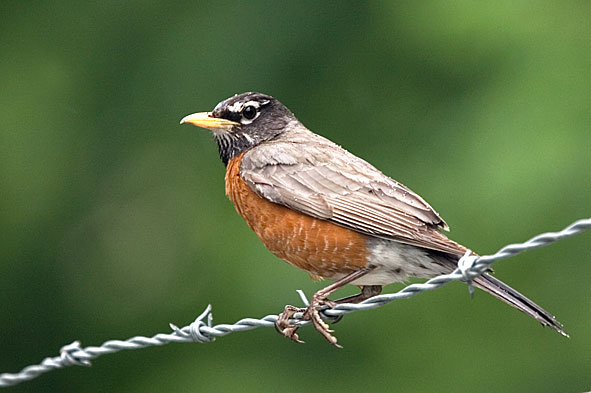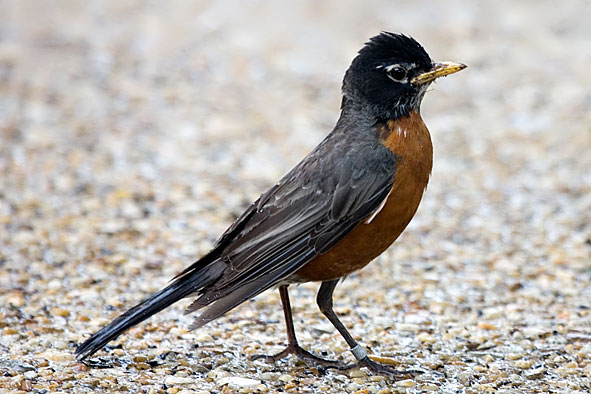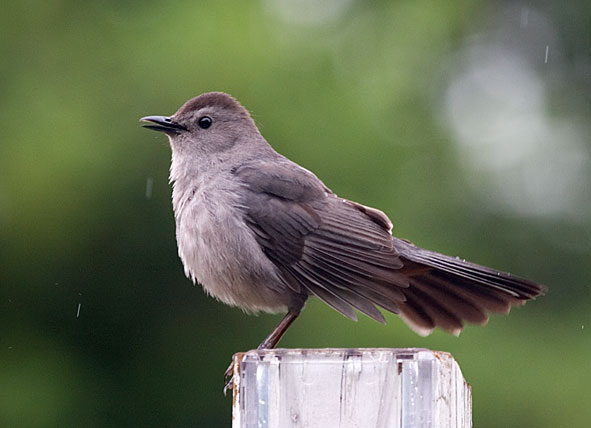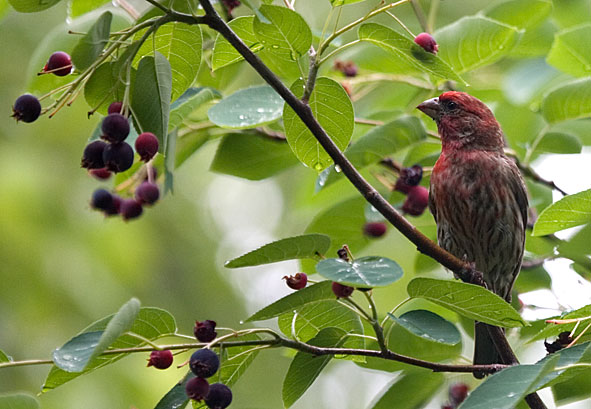June 2007
Every year I teach a field course in Pembrokeshire on bats, bugs and biodiversity. We are based at Orielton Field Centre, near Pembroke. This year's trip was between 13-20 June. The colony of soprano pipistrelles in the warden's house has decreased in size from 728 bats this time last year to 420 bats this year. Apparently the colony split some time last summer. The lesser horseshoe bats continue to increase, with over 230 bats counted last week. Over 400 greater horseshoe bats emerged at Stackpole.
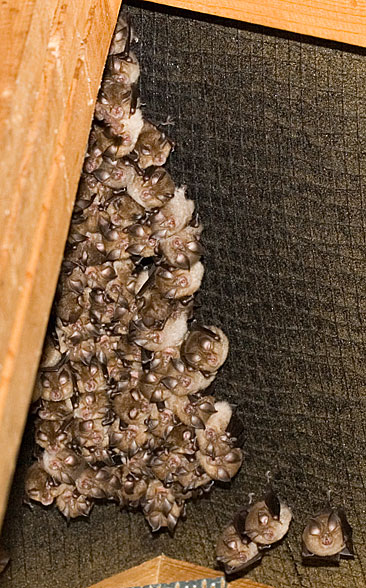
One of the highlights of the trip is a visit to Stack Rocks and the Green Bridge of Wales, near Castlemartin.
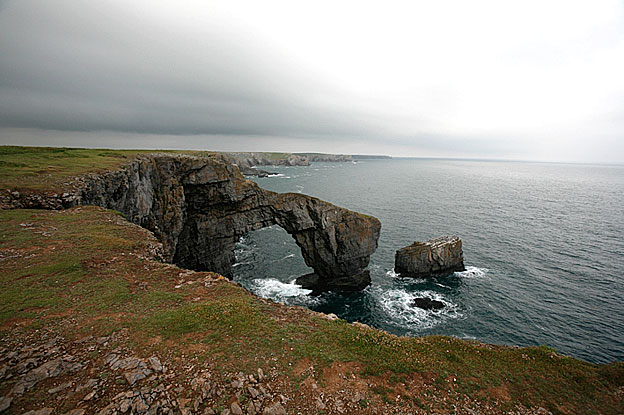
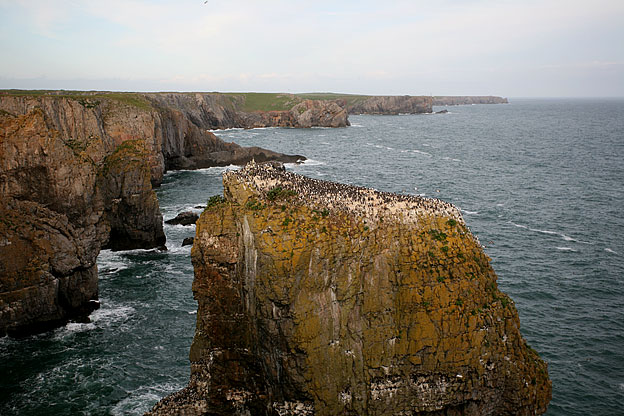
Stack Rocks holds a large colony of guillemots.
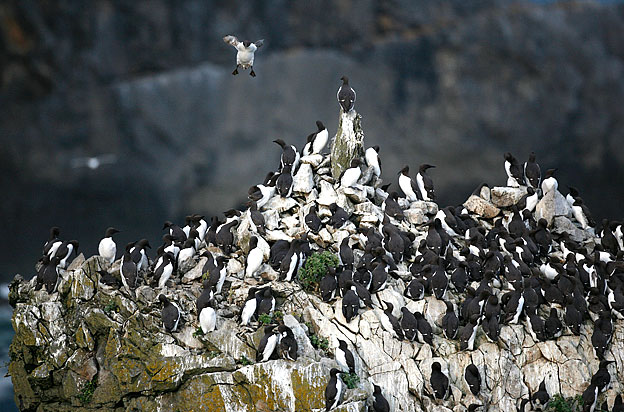
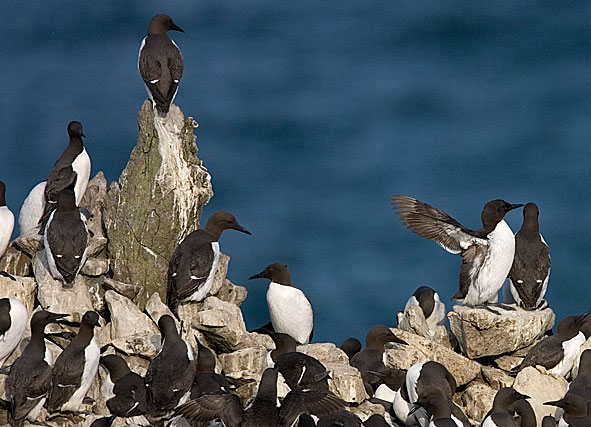
We saw several groups of choughs along the coast, including this family around Stack Rocks.
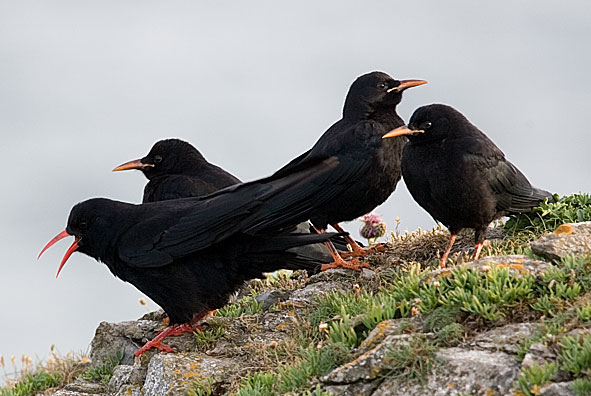
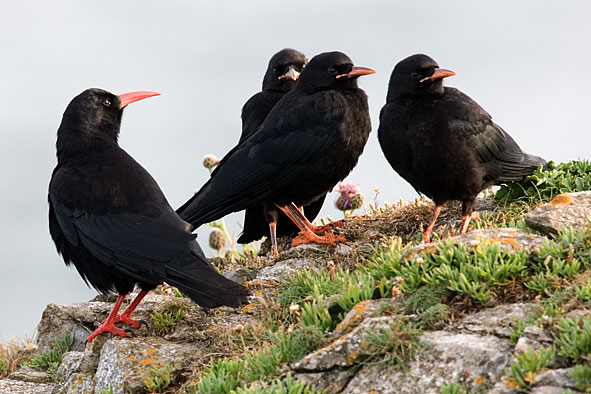
The recently fledged juveniles have much shorter and yellower bills than the adults.
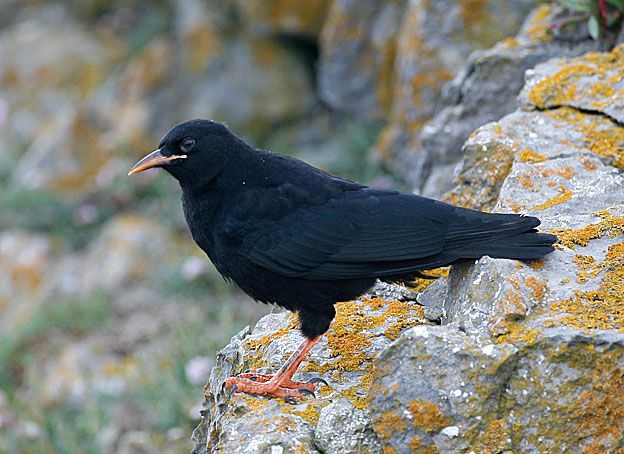
Other birds included 2 puffins at Stackpole head, and lots of Manx shearwaters offshore. Insects included the annual hummingbird hawk moth, and many scorpion flies.
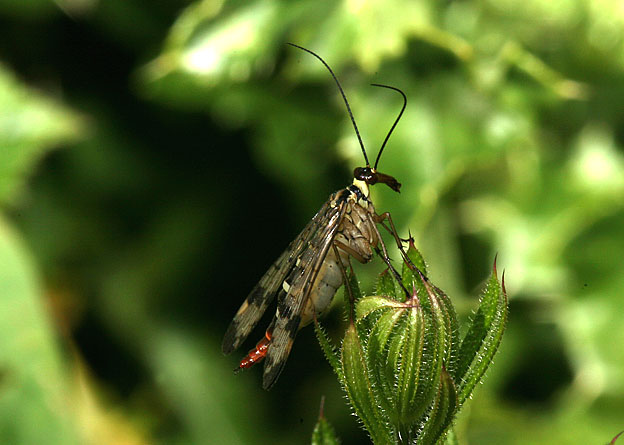
Aberdeen 5-7 June as external examiner in Zoology. Only birds of note were the oystercatchers that breed in the old town, feeding on lawns. Common tern at Chew on 11th.
I was in Washington DC between 30 May - 3 June, attending a meeting with Conservation International about the establishment of global monitoring networks for tropical bats. I managed to get out on the Sunday morning, which was the only time it rained! I saw a few common eastern city birds birds in the butterfly garden around the Smithsonian Museum of Natural History, including the American robin, grey catbird and house finch below. Very limited birding opportunities also produced starling, house sparrow, mallard, mourning dove, northern mockingbird, blue jay, American crow and common grackle.
